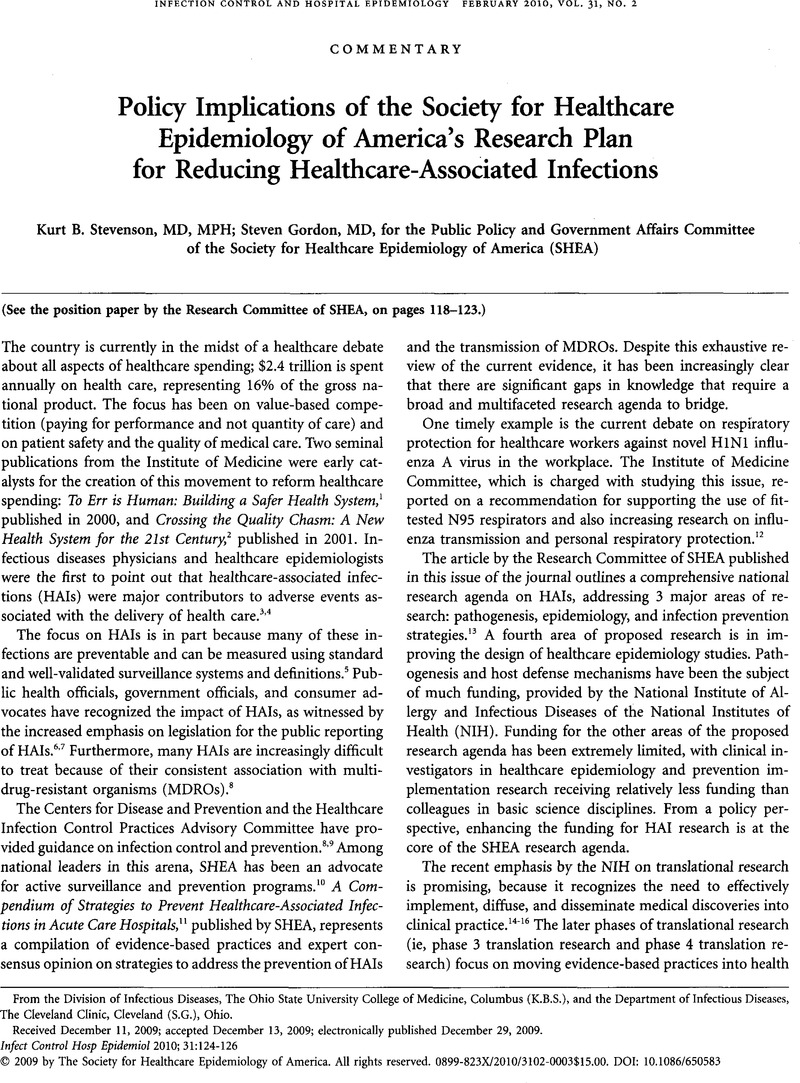Crossref Citations
This article has been cited by the following publications. This list is generated based on data provided by Crossref.
Scott, R. Douglas
Sinkowitz-Cochran, Ronda
Wise, Matthew E.
Baggs, James
Goates, Scott
Solomon, Steven L.
McDonald, L. Clifford
and
Jernigan, John A.
2014.
CDC Central-Line Bloodstream Infection Prevention Efforts Produced Net Benefits Of At Least $640 Million During 1990–2008.
Health Affairs,
Vol. 33,
Issue. 6,
p.
1040.



